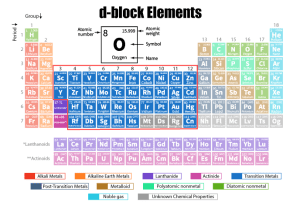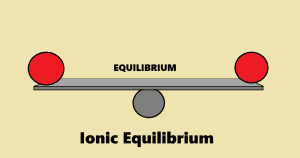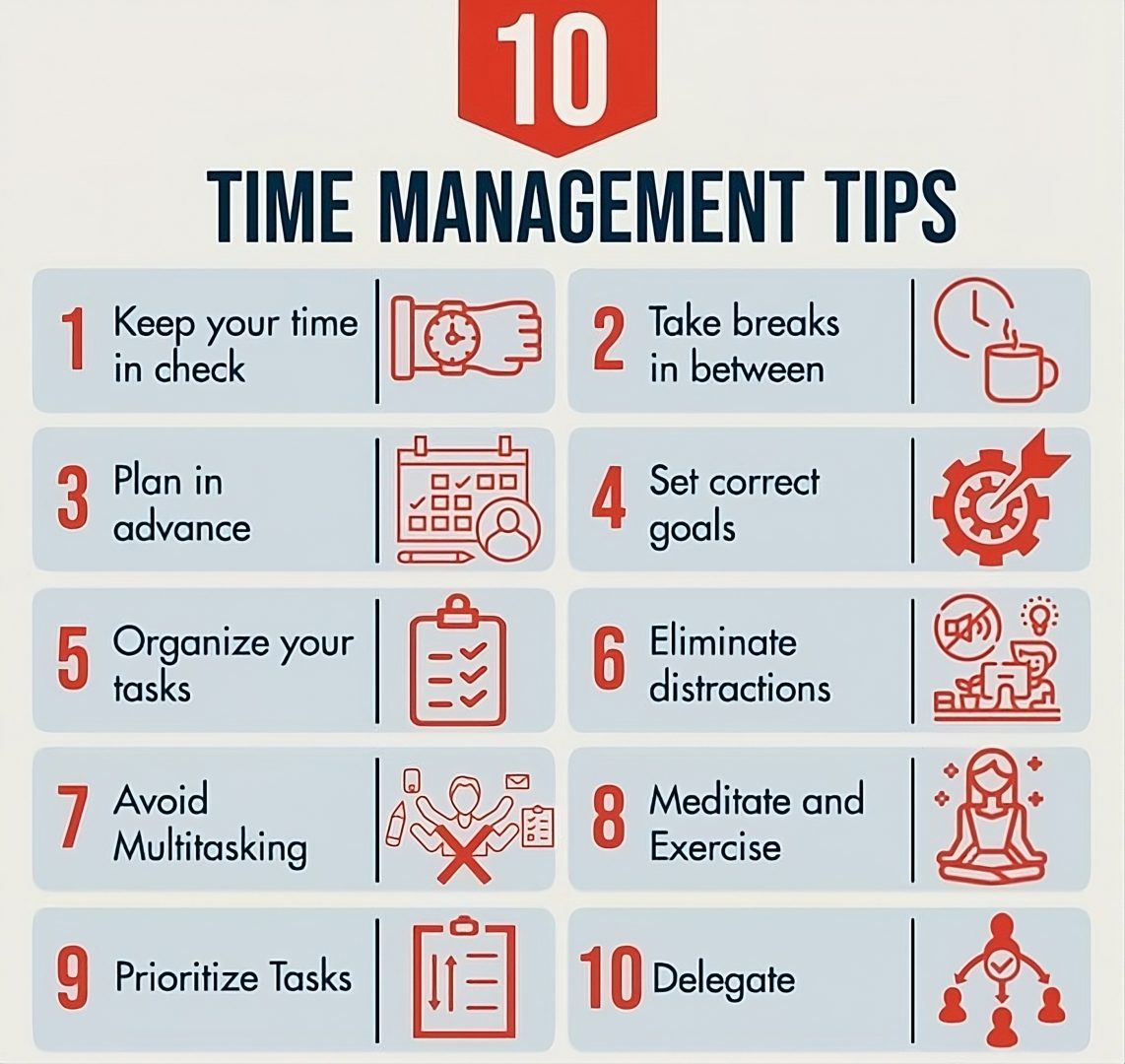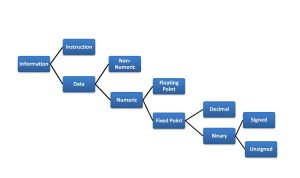What is Transcription in Biology?
Have you ever wondered how our cells “read” the genetic instructions coded in our DNA? The answer lies in transcription — a fundamental process that converts DNA into a working copy known as RNA. This step is crucial in the central dogma of molecular biology, which flows from DNA → RNA → Protein.
Table of Contents
ToggleTranscription is like the first chapter in the story of life — the decoding of the genetic script so that cells can build proteins and sustain life. Understanding transcription opens a window into genetics, molecular biology, and even cutting-edge biotechnology applications like CRISPR, gene therapy, and synthetic biology.
Transcription is the biological process of synthesizing RNA from a DNA template. During transcription, a particular segment of DNA is “read” by the enzyme RNA polymerase, which assembles a complementary RNA strand.
Think of DNA as the master blueprint, and RNA as a photocopy of specific instructions that the cell needs to make proteins.
Central Dogma of Molecular Biology
The central dogma explains the flow of genetic information:
DNA → RNA → Protein
-
Transcription is the first step: DNA is transcribed into RNA.
-
Translation follows: RNA is translated into proteins.
Without transcription, cells wouldn’t be able to understand and execute genetic instructions.
Types of RNA Produced by Transcription
Transcription doesn’t just produce one type of RNA. It creates several important molecules:
| Type of RNA | Function |
|---|---|
| mRNA (Messenger RNA) | Carries coding information for protein synthesis |
| tRNA (Transfer RNA) | Brings amino acids to ribosomes during translation |
| rRNA (Ribosomal RNA) | Forms the structural and functional core of ribosomes |
| snRNA (Small Nuclear RNA) | Involved in RNA splicing in eukaryotes |
| miRNA/siRNA | Regulate gene expression |
Stages of Transcription
a. Initiation
Transcription begins when RNA polymerase binds to a specific DNA sequence called the promoter region. This signals the start of the gene.
🔑 Fun Fact: In eukaryotes, a protein complex called transcription factors helps RNA polymerase find the promoter.
b. Elongation
Once initiated, RNA polymerase moves along the DNA, unwinding the double helix and synthesizing a strand of RNA in the 5’ to 3’ direction, using complementary base pairing:
-
A (DNA) pairs with U (RNA)
-
T (DNA) pairs with A (RNA)
-
G (DNA) pairs with C (RNA)
-
C (DNA) pairs with G (RNA)
c. Termination
When RNA polymerase reaches a specific termination sequence, it stops transcription and releases the newly formed RNA strand.
Enzymes and Molecules Involved
-
RNA Polymerase – The central enzyme that builds the RNA strand
-
Transcription Factors – Proteins that control initiation
-
DNA Template Strand – Only one strand of DNA is used during transcription
-
Promoters and Enhancers – Control regions that regulate gene expression
Transcription in Prokaryotes vs. Eukaryotes
| Feature | Prokaryotes | Eukaryotes |
|---|---|---|
| RNA Polymerase | Single type | Multiple types (I, II, III) |
| Location | Cytoplasm | Nucleus |
| mRNA Processing | No modification | Requires capping, splicing, poly-A tail |
| Speed | Fast | Slower, regulated |
| Genes | Often polycistronic | Usually monocistronic |
💡 Pro Tip: In eukaryotes, transcription and translation are separated by the nuclear envelope, while in prokaryotes, they often occur simultaneously.
Significance of Transcription
-
Gene Expression: Transcription is the first step in expressing genes and producing proteins.
-
Cell Specialization: Different cells transcribe different genes, making a muscle cell different from a nerve cell.
-
Response to Environment: Cells adjust transcription levels based on signals (like hormones, stress, or nutrients).
-
Genetic Regulation: Transcription is tightly controlled, influencing growth, development, and disease.
Applications in Modern Biotechnology
Understanding transcription has revolutionized science and medicine:
a. Genetic Engineering
Scientists manipulate transcription to express desired genes — like insulin production in bacteria.
b. CRISPR Technology
CRISPR uses guide RNAs transcribed from DNA to edit genes with precision.
c. Gene Therapy
Correcting defective transcription processes to treat genetic disorders.
d. Cancer Research
Many cancers are caused by errors in transcription. Targeting transcriptional regulators is a promising treatment.
e. RNA Vaccines (like COVID-19 mRNA vaccines)
Synthetic mRNA is designed via transcription methods to teach cells how to fight diseases.
Common Misconceptions About Transcription
DNA becomes RNA
Correction: DNA is not converted; it serves as a template to synthesize RNA.
Both DNA strands are transcribed
Correction: Only one strand (the template strand) is used during transcription.
Transcription and translation are the same
Correction: Transcription creates RNA. Translation creates proteins.
Why Transcription Matters
Transcription is more than a cellular process — it’s the foundation of all genetic expression. Without it, life as we know it wouldn’t exist. Every time you grow, heal, think, or even breathe — transcription is playing its silent role in the background.
In the world of molecular biology, understanding transcription is like learning the language of life. Whether you’re a student, a science enthusiast, or someone exploring biotechnology, grasping this concept is essential for unlocking further knowledge in genetics, medicine, and bioengineering.
Summary Table of Transcription in Biology
| Key Point | Details |
|---|---|
| Definition | Synthesis of RNA from DNA template |
| Enzyme Involved | RNA Polymerase |
| Location | Nucleus (eukaryotes), Cytoplasm (prokaryotes) |
| Stages | Initiation, Elongation, Termination |
| Importance | Gene expression, protein synthesis, biotechnology |
| Types of RNA | mRNA, tRNA, rRNA, etc. |
“DNA is the blueprint of life, but transcription gives that blueprint a voice.” – Unknown






